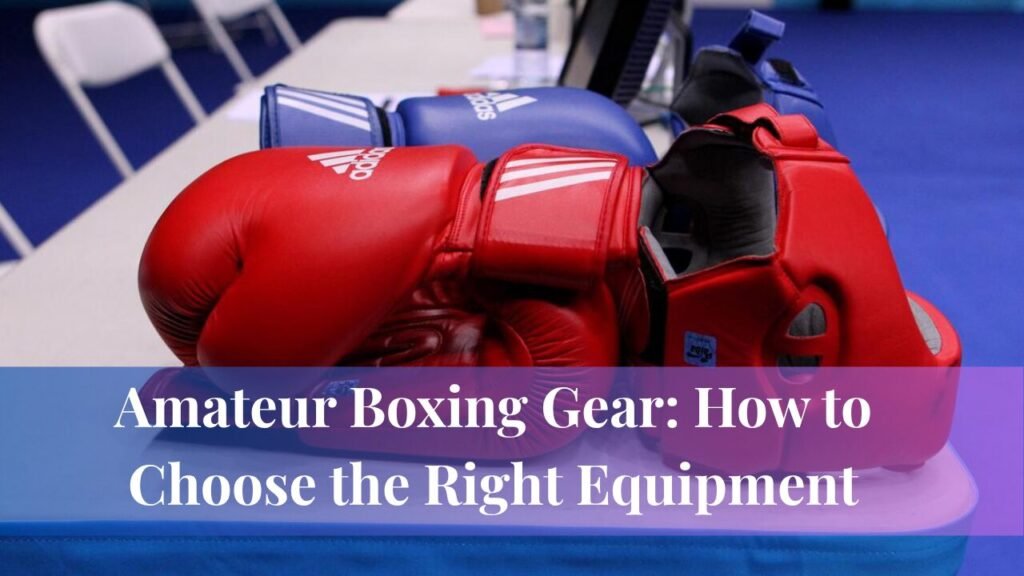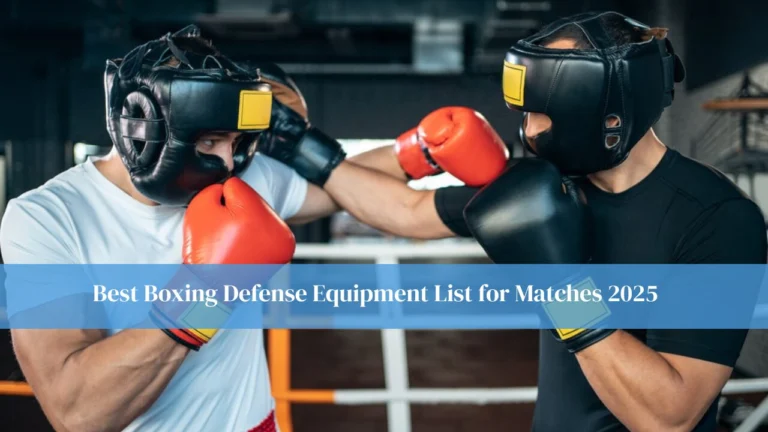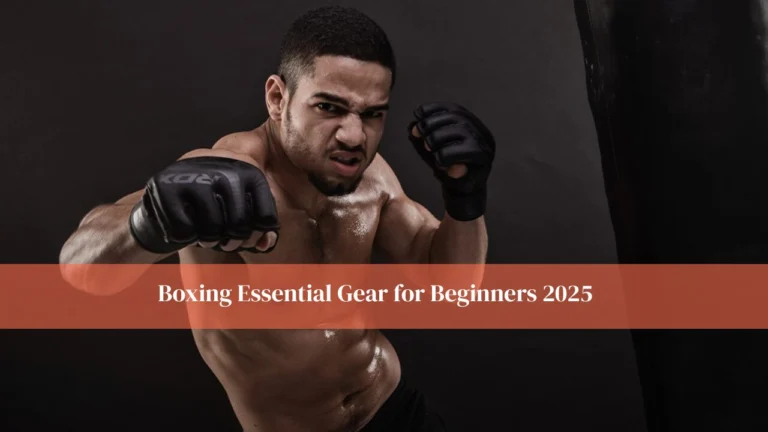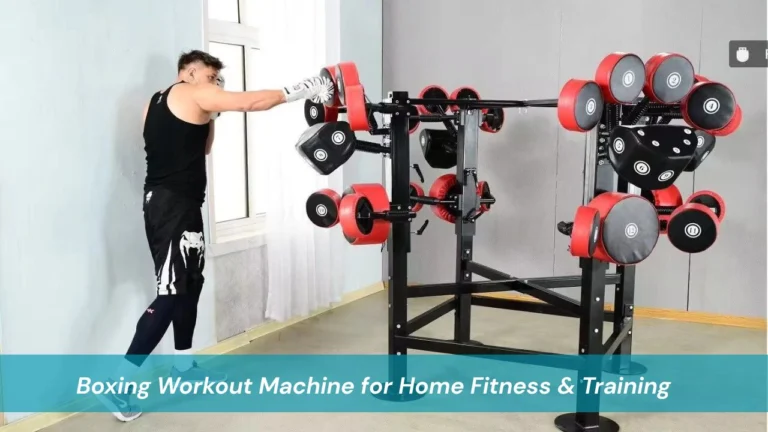Amateur boxing is a physically demanding yet incredibly rewarding sport that requires the right equipment to ensure safety, performance, and compliance with competition standards. Whether you are a budding athlete or a coach preparing fighters, selecting the best amateur boxing gear is a critical step in the journey.
This comprehensive guide covers everything you need to know about amateur boxing gear, what makes it unique, how to choose the right items, and which brands are trusted in the sport. You’ll also find answers to common questions to help you make confident purchasing decisions.
Why Quality Amateur Boxing Gear Matters
Boxing is one of the few sports where equipment directly impacts both performance and safety. Amateur boxing gear must meet the standards set by organizations such as USA Boxing, AIBA, or your local sanctioning body. Using substandard gear can compromise safety, lead to injuries, or even disqualify a fighter from competition.
High-quality equipment not only ensures compliance but also supports fair competition. With the right gear, athletes can perform at their best, knowing they are protected and competing under equal conditions.
Benefits of Proper Gear
The most obvious advantage of proper boxing gear is injury prevention. Quality gloves, headgear, and protectors reduce the risk of cuts, bruises, and concussions, allowing boxers to train and compete more safely.
Regulation-compliant gear also promotes fair play by ensuring all competitors are subject to the same standards. Additionally, wearing gear that fits properly can boost an athlete’s confidence, helping them stay focused and perform without distraction.
Boxing Gloves
Amateur boxing gloves differ from professional gloves in both design and purpose. They are often color-coded red or blue for scoring visibility and usually feature a white knuckle area to help judges track punches.
When choosing gloves, look for ones approved by AIBA or USA Boxing. Most amateur fighters use 10 oz gloves for lighter weight classes and 12 oz for heavier divisions. A Velcro closure is preferred for quick removal, and materials should be either durable synthetic leather or genuine leather.
Headgear
In most amateur bouts, headgear is mandatory. It is designed to absorb impact and protect sensitive areas without obstructing vision. An open-face design is common because it allows better visibility during matches.
Good headgear should have ample padding around the cheeks and forehead, adjustable straps for a secure fit, and a visible certification stamp showing it meets safety regulations.
Mouthguard
A mouthguard is a small but essential piece of boxing gear that protects the teeth, lips, and jaw from injury. While custom-fit mouthguards offer the highest level of protection and comfort, boil-and-bite versions are a more affordable option for beginners.
No matter the type, the mouthguard should fit snugly and allow for easy breathing and communication in the ring.
Boxing Trunks and Vest
Amateur boxing uniforms are typically color-coded to match competition requirements, with red and blue being the standard options. These uniforms are designed from breathable, lightweight materials to keep fighters cool during bouts.
The fit should be loose enough to allow free movement but not so baggy that it interferes with performance. Polyester blends are common due to their comfort and moisture-wicking properties.
Groin and Chest Protectors
Protective gear for the groin and chest is mandatory in most amateur competitions. Male fighters must wear groin protectors, while female fighters require both chest and groin protection.
These protectors often feature high-density foam or gel padding and adjustable elastic waistbands. Like other boxing gear, they must comply with AIBA or local regulation standards.
Hand Wraps
Hand wraps are essential for protecting the small bones and tendons in the hands and wrists. They provide support during impact and help prevent sprains or fractures.
Most adult amateur boxers use 180-inch wraps made from elastic blends for flexibility. Features like thumb loops and Velcro ends make them easier to secure and remove.
Boxing Shoes
Footwork is fundamental in boxing, and proper shoes make a significant difference in speed, agility, and stability. Amateur boxing shoes are lightweight, with high-top designs that provide ankle support and rubber soles for excellent grip.
Breathable materials help keep feet cool, while the specialized sole ensures quick pivots and balance inside the ring.
How to Choose the Right Amateur Boxing Gear
The choice of gear often depends on your level of experience. Beginners should focus on comfort and affordability, opting for basic equipment from reputable brands. Intermediate fighters may need better-fitting, regulation-approved gear. Advanced competitors should exclusively use AIBA or USA Boxing approved products to ensure compliance.
Fit and comfort are critical. Ill-fitting gear can distract athletes, cause discomfort, or even lead to injury. Trying on multiple brands can help determine the best fit.
Budget vs. Quality
While premium boxing gear offers exceptional durability and comfort, it is not always necessary to spend top dollar especially for athletes still growing or just starting out. However, extremely cheap gear may compromise safety and wear out quickly.
The best approach is to find a balance between cost and quality, ensuring you get safe, reliable equipment without overspending.
Trusted Brands in Amateur Boxing
Several brands have earned the trust of amateur boxers worldwide. Boxing Essential offers a full range of competition-ready gear made from high-quality materials. Green Hill is AIBA-approved and known for durable products that meet strict regulations.
RDX Sports provides a wide selection of affordable competition gear, while Winning and Cleto Reyes are premium brands favored for their craftsmanship and comfort. Title Boxing and Everlast offer gear suitable for both beginners and competitive athletes, with Everlast being especially accessible for budget-conscious buyers.
Maintaining and Caring for Your Gear
Proper maintenance extends the lifespan of your boxing gear. Gloves and headgear should be wiped down with antibacterial wipes after use, while mouthguards can be soaked in mouthwash. Clothing should be washed in cold water and air-dried to prevent shrinkage.
Storage also matters. Keep your gear in a ventilated bag, away from damp areas, and use deodorizer pouches to prevent odor. Regular inspection for wear and tear ensures your equipment remains safe and effective.
Common Mistakes to Avoid
Many new fighters purchase non-regulation gear for competition, only to discover it is unusable in official matches. Other common mistakes include selecting the wrong glove size, neglecting headgear comfort, and ignoring product reviews.
Skipping proper cleaning and storage routines can also shorten the life of your gear, and using worn-out shoes can negatively affect balance and speed in the ring.
FAQs
What size gloves are used in amateur boxing?
Typically, 10 oz gloves are used for weight classes below 152 lbs, and 12 oz for higher categories. Always check with your governing body.
Is headgear mandatory in all amateur boxing matches?
Headgear is mandatory for juniors, females, and some amateur adult matches. Some elite amateur males may box without it under certain organizations.
Can I use the same gear for training and competition?
Not always. Competition gear must meet certain standards that training gear might not.
How do I know if my gear is approved for competition?
Look for approval labels from organizations like AIBA or USA Boxing on gloves and headgear.
What’s the lifespan of amateur boxing gear?
With proper care:
- Gloves: 12–18 months
- Headgear: 1–2 years
- Mouthguards: 6–12 months
- Shoes: 12–24 months depending on use
- Wraps: 6 months to 1 year
Do I need special shoes for amateur boxing?
Yes, boxing shoes are designed for agility and grip in the ring. They are significantly different from regular trainers or cross-trainers.
Are all boxing gloves the same?
No. Training gloves, sparring gloves, and competition gloves differ in padding, weight, and construction. Always use gloves approved for competition when fighting officially.
Conclusion
Choosing the right amateur boxing gear is more than a matter of preference it’s about performance, protection, and professionalism. From gloves and headgear to uniforms and protective gear, every piece plays a crucial role in a boxer’s safety and success.
Whether you’re just starting or gearing up for your next competition, invest in quality gear from trusted brands like Boxing Essential, Green Hill, RDX Sports, Title Boxing, and Winning. Be sure to check the regulations of your local or national boxing body, and always prioritize safety and comfort.
Ready to gear up? Visit boxing essential for more guide.




